
views
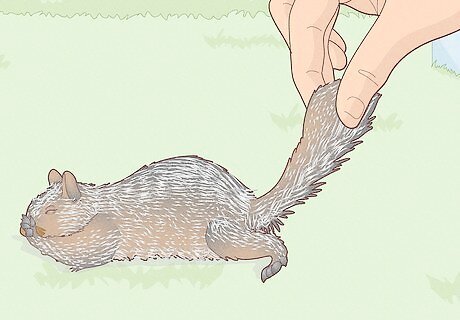
Select a specimen. Almost any animal's paws, feet, or tails can be used whether it be a small creature such as a squirrel, or a larger animal such as a deer. Specimens can be collected from various sources. One primary collection method is simply to hunt the prey, but if you don't want to take the time to stalk, shoot, and clean the animal roadkill can provide excellent samples. Keep in mind some US states require the purchase of a trapping license to retrieve roadkill.

Find a container large enough to hold the sample. Be sure that the container can be filled with salt and will not be needed for 6-8 weeks.
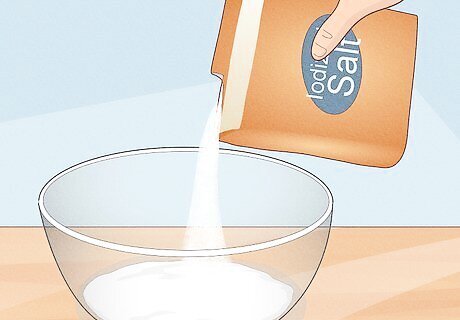
Fill the bottom of the container with iodized salt. A thin layer on the bottom should suffice.
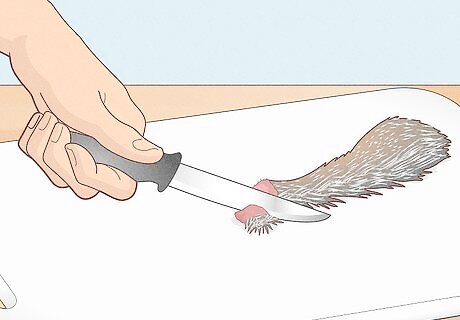
Clean and trim the sample. Often when cutting off a tail or paw there may be a little meat or refuse near the cut area. Trim this off and pour salt over the entire cut area. This is where most of the moisture will leave and where you will mount key rings etc.
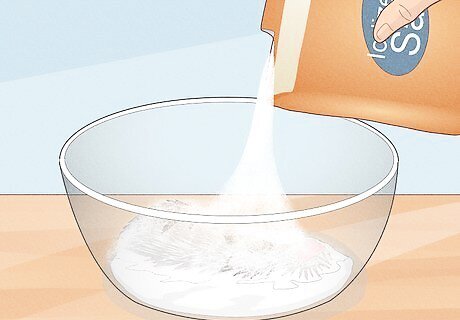
Place the sample in the salt bath and cover it completely with iodized salt. The dehydration process should take about 6 weeks depending on the size of the sample.
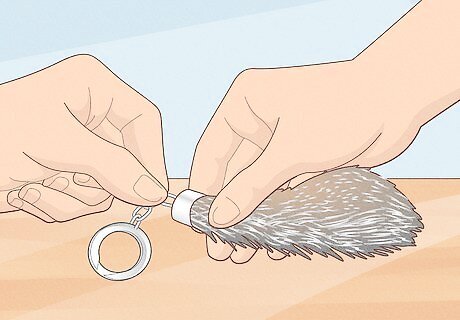
Process the sample. Once the specimen is completely cured out you can begin turning it into whatever you desire. For most small crafts such as key chains, necklaces, and antenna toppers you might consider covering the cut end of the specimen with a hardening polymer such as liquid steel and then sanding it once it is dry, drilling a hole through the polymer and the bone, and ultimately inserting a key ring, leather strap, etc.












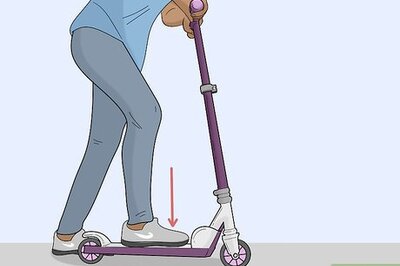

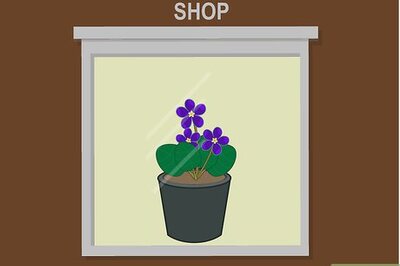





Comments
0 comment